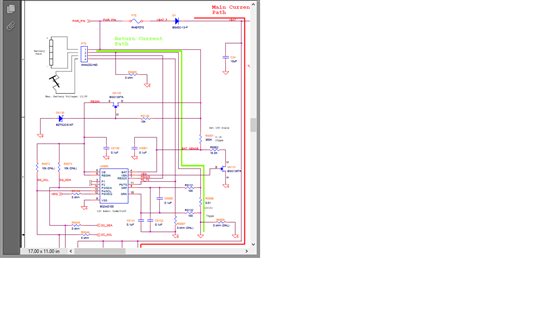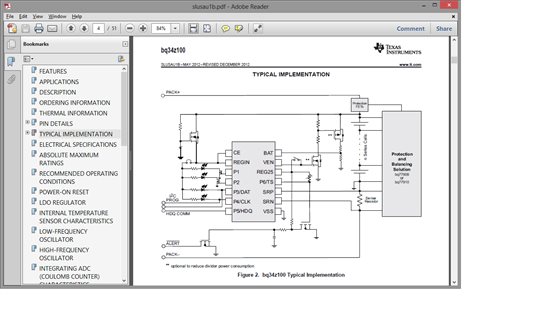I am looking for real documentation (not just comments in a VB script) for ROM mode. It seems that ROM mode is largely undocumented - although slusau1b.pdf mentions BOOTROM mode, the command to enter ROM mode is not listed and no further references are provided.
I am also looking for documentation regarding I2C message timing - several forum posts indicate various delays between write and read portions of commands, delays between commands, and so on. The VB scripts also insert command-specific delays into the sequence.
Finally, I would like to set the I2C clock speed used in the EV2400.
Where are these things documented?



